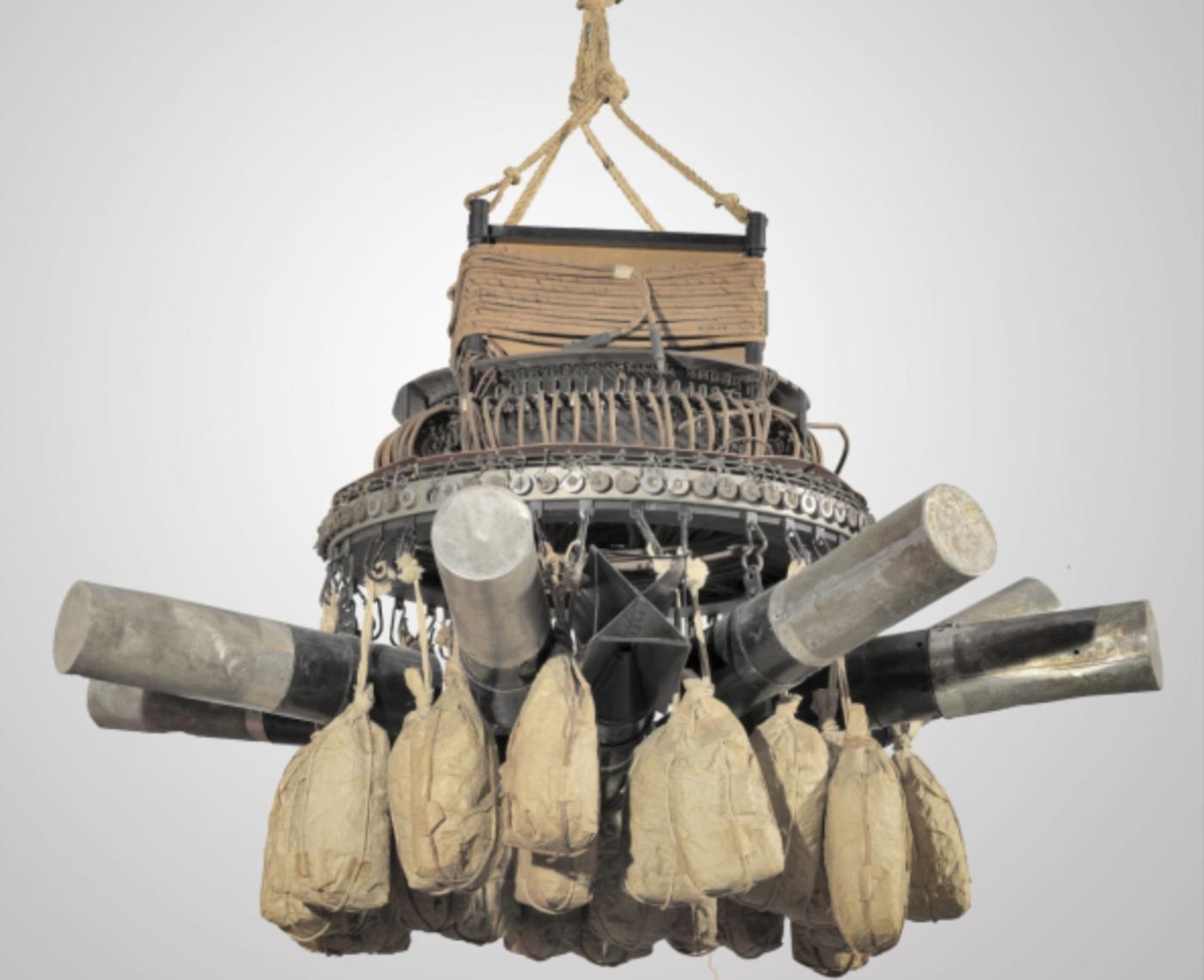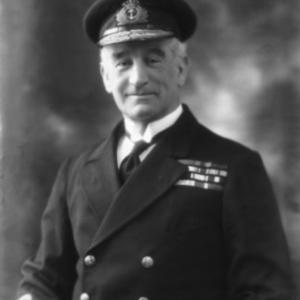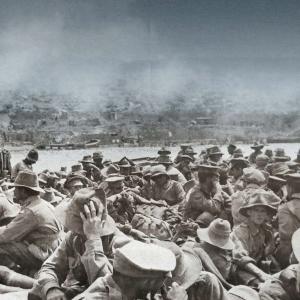
Japanese Fu-Go Bombs
On a clear winter morning in 1945, something strange and almost unbelievable drifted into the skies above Sonoma County: paper balloons the size of small houses, crossing the Pacific on invisible rivers of air and carrying a small but deadly cargo. They were part of Japan’s Fu-Go campaign — a curious and technically daring attempt to turn the jet stream into a weapon — and for several days that February, residents across the North Bay reported mysterious floating objects, one of which was chased and shot down near Calistoga. The episode left townsfolk bewildered and uneasy, a surreal reminder that the war had reached their own skies.
The balloons themselves were ingenious and fragile creations. Built by the Imperial Japanese Army’s Ninth Technical Research Institute, known as the Noborito Research Institute, each Fu-Go device was about thirty-three feet wide and made of many layers of traditional washi paper glued together with potato paste. Filled with hydrogen, a single balloon could carry several hundred pounds. The manufacturing effort was immense and involved thousands of workers, including schoolgirls who spent long hours gluing paper panels in gymnasiums and community halls. The project was organized under the direction of Japanese Army engineers, led by officers who specialized in unconventional warfare.
The Fu-Go weapon was not a single bomb but a complex airborne mechanism designed to exploit the high-altitude jet stream. A wooden or metal gondola hung beneath the balloon, holding a series of sandbags and a clever altitude-control system. As the balloon drifted eastward and lost height, a barometric altimeter triggered the release of a sandbag, lightening the load so the balloon could rise again. This simple but effective device allowed it to stay aloft for days and cross more than five thousand miles of open ocean. Beneath the gondola were several incendiary charges and one larger high-explosive bomb. The smaller charges contained thermite mixtures meant to ignite forest fires, while the main bomb used picric acid or TNT and was capable of producing a deadly explosion. A self-destruct fuse was also built in, intended to destroy evidence once the bombs had been dropped.
Japan’s goal was to ignite massive wildfires across the western United States and Canada, diverting American resources and spreading panic. From November 1944 through April 1945, about nine thousand of these balloons were released from the coast of Honshu, with the hope that a small fraction would reach North America. Only a few hundred were ever seen or recovered, but the very idea that Japan could strike the continental United States with unmanned weapons was unsettling to the public once the story became known after the war.
In Sonoma County, the most notable series of sightings occurred in February 1945. Locals in the hills and valleys watched pale spheres drift overhead, their long suspension cables glinting in the sun. On February 13, one was reported over the Mayacamas Range between Napa and Sonoma counties, and several others followed in the days after. On February 23, a balloon was reportedly brought down near Calistoga. Fragments were recovered and examined, revealing the delicate paper skin, the ballast ring, and traces of incendiary materials. For those who witnessed the events, it was a brief and eerie intrusion of global warfare into rural California life.
The Fu-Go bombs were indeed dangerous. The combination of thermite and high explosive could easily kill anyone who approached or handled a landed device. One tragic incident in Oregon that May claimed six lives when a balloon bomb exploded after being found by a group of picnickers. Yet despite their potential, the campaign failed to achieve its intended results. Damp winter weather prevented the fires Japan had hoped for, and a strict American press blackout meant that reports of the balloons’ arrival were withheld, depriving Japan of feedback on their success.










